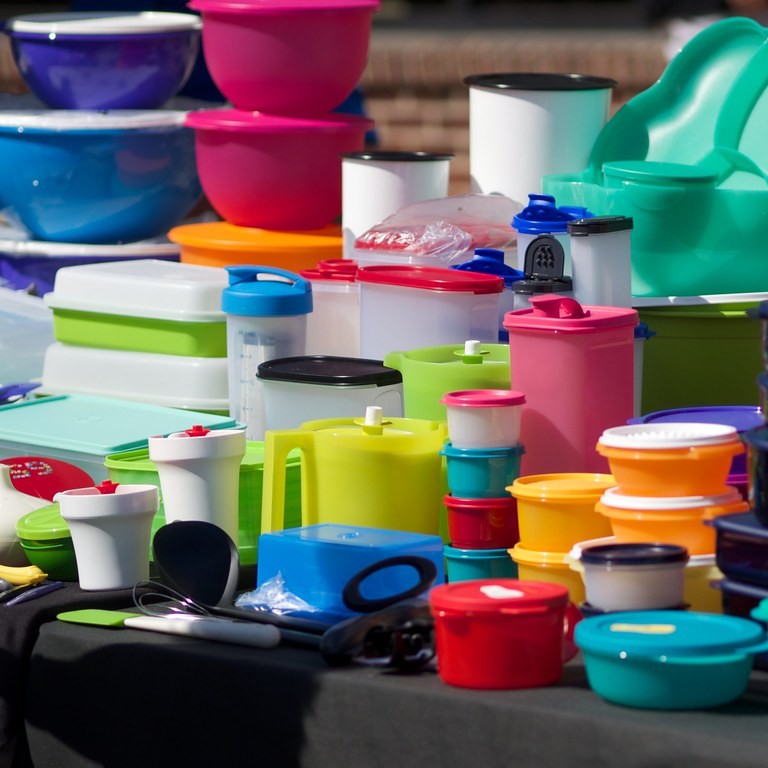Published:
One of the most iconic home brands that has been in business for the last 70 years, Tupperware, is in jeopardy of not being able to “contain” its losses. With operations in over 100 countries and over 10,000 employees, Tupperware has a large international presence, and its products are used by thousands of people every day.
Tupperware saw its stock fall more than 45% after the company announced that it removed its full-year guidance and explained that it needed more time to fix its operations. Meanwhile, other companies in the S&P 500 index have only lost around 9%. The company has also seen a consistent decline in sales over the last five or so years. The company is looking to gather more capital or credit amendments to remedy the situation to continue operations. The company has hired financial advisers to help Tupperware determine the next steps for the future of the business.
Tupperware has built its business for years on “the face-to-face party plan model.” Wherever there was a holiday party, family gathering, or important meal, Tupperware products were likely to be found, full of leftover food to be sent home with family and friends. During the COVID-19 Pandemic, the company couldn’t capitalize on its face-to-face party plan model, which contributed to the overall decline of the business and the need to borrow more credit than usual. Some of Tupperware’s biggest competitors, like Newell Brands and Lifetime Brands, have maintained/grown their revenues over the last few years, despite the difficulties of the COIVD-19 Pandemic.
Warning signs of Tupperware’s decline began to show in August of 2022 when New Zealand’s sole importer of Tupperware went out of business. The COVID-19 Pandemic harmed the in-person party model and created massive challenges for international supply chains. Combined with inflationary pressures and fluctuations in foreign exchange rates, this particular importer couldn’t escape the forces of the industry and had to close the business for good. Additionally, since the start of the COVID-19 Pandemic in 2020, the price of plastic materials and resin has risen more than 36%, likely causing extreme price increases for Tupperware’s raw material inputs.
If Tupperware Brands can’t stay in business, the effects of its closure could be felt across the world. A bulk of the company’s employees work at the office headquarters in the United States. While unemployment rates have returned to pre-COVID-19 rates, the labor market in the United States is quite volatile. A mass layoff could place thousands of employees into a challenging labor market where they might not be able to find work for months. Employees in Portugal, Taiwan, and other offices worldwide could be similarly displaced.
Additionally, Tupperware’s competitors could see increased demand for their food storage solution products. Tupperware has led the charge in sustainable, reusable food storage solutions for years, and other companies in the market need to prepare to meet this demand if Tupperware Brands exits the market.
Regardless of how Tupperware Brands’ future plays out, this serves as a warning sign to other companies; they need to ensure their financials are in order and have strategies in place to mitigate the effects of the COVID-19 Pandemic caused on their financials and supply chains.
File under






